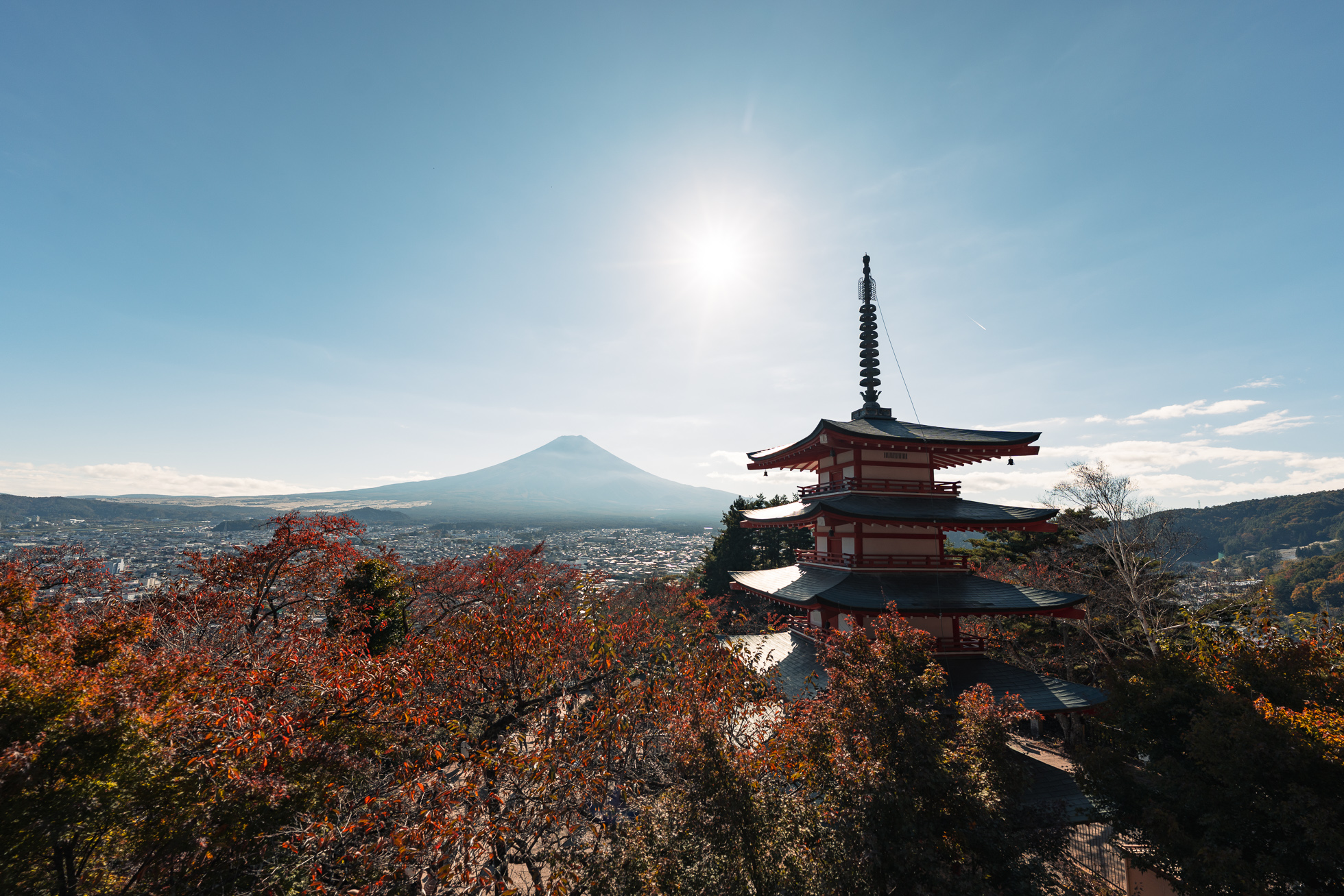Japan 2024
Tokyo
Omoide Yokocho
Steps from Shinjuku Station, Omoide Yokocho is a warren of post-war lanes where tiny izakaya grill yakitori over open flame. Most spots seat 6–8, take cash, and run late.
Shinjuku Golden Gai Seville
Golden Gai keeps an old Tokyo vibe, bar owners know your name by night’s end, and each doorway feels like a secret club. Seville balances grandeur and ease: the Alcázar’s courtyards by day, Alameda de Hércules’ bars by night.
Nakamise / Sensō-ji
Nakamise-dori is the shopping street leading from the Kaminarimon (Thunder Gate) to Hozomon and the main hall of Sensō-ji in Asakusa. Small shops sell ningyo-yaki cakes, kaminari-okoshi rice crisps, fans, tenugui towels, and summer yukata. The five-story pagoda rises behind the roofs.
Sensō-ji is Tokyo’s oldest Buddhist temple, dedicated to Kannon. Incense drifts from the large burner, and visitors draw omikuji paper fortunes. Mornings and evenings tend to be quieter. Nearby side streets have smaller craft stores and simple soba counters.
Tokyo’s vening machines
In Tokyo they’re everywhere, turn a corner and one or two are already there, humming softly like little shining robots. At night their panels glow blue and red, tiny lighthouses that seem to watch the street as people drift past. Some offer hot coffee in winter, chilled tea in summer, a can of soup when the air bites. The machines stand patient on station platforms and back alleys alike, bright sentries that make the dark feel a bit friendlier.
TeamLab Borderless
TeamLab Borderless is Tokyo’s “museum without a map,” an immersive digital art space where works spill across rooms and change as people move through them. After closing in Odaiba, it reopened in 2024 inside Azabudai Hills near Roppongi, with 75+ pieces and several new installations.
Highlights include the Infinite Crystal World’s LED “galaxy,” Bubble Universe’s glowing spheres, the Light Sculpture series, and Sketch Ocean, where drawn sea creatures appear in a giant digital aquarium. Compared with sister site teamLab Planets (Toyosu), Borderless is more about wandering interconnected rooms than wading through water.
Kyoto
Mount Fuji
Mount Fuji is Japan’s highest peak at 3,776 m (12,389 ft), a near-perfect cone rising about 100 km from Tokyo. It’s an active volcano, last erupting in 1707, and a UNESCO World Heritage site for its cultural role in art, religion, and pilgrimage. The mountain anchors a landscape of five lakes, forests, and small towns; on clear days it’s visible from Tokyo’s outskirts and even from passing trains. Climbing happens in summer (roughly July to early September), when trails and huts open. Outside that season, Fuji is a snow-topped landmark, often hidden by clouds, suddenly revealing itself at sunset or after a winter cold front. Shrines around the base and along the trails reflect centuries of worship and mountain-walking traditions.
Tokyo
Some more impressions from Tokyo

